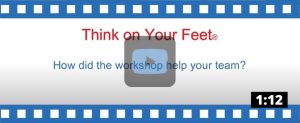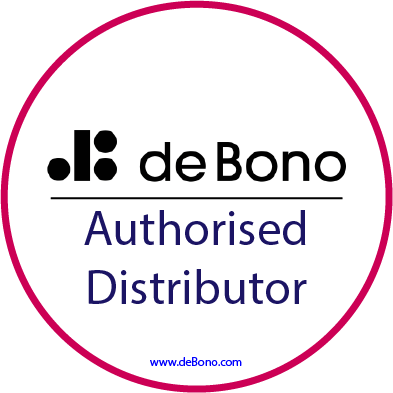Sales can be a challenging profession and the way businesses sell is constantly changing. Effective communication is a cornerstone of success for sales professionals. Our clients tell us their sales teams consistently face communication challenges that impact their ability to build relationships, close deals and achieve their sales targets. The top three challenges are:
- Clarity of message: Clearly articulating the value proposition and key messages is essential for any salesperson. Unclear, confusing or waffly communication can lead to misunderstandings and hinder the client’s understanding of the product or service being offered.
- Overcoming jargon, especially when handling client objections: Clients often raise objections or express concerns during the sales process. Salespeople need to be skilled in addressing objections diplomatically and providing persuasive responses that ensure the message is understood and addresses any concerns. Using industry-specific jargon or technical language without ensuring understanding, can build more barriers. Salespeople need to structure and convey information in a way that is accessible and meaningful to the client.
- Dealing with difficult questions: Salespeople often encounter challenging or unexpected questions from clients. Being able to handle these questions with poise, providing structured and thoughtful responses, is a crucial aspect of effective verbal communication.
Think on Your Feet® is a proven verbal communication process that provides Clarity, Brevity and Impact – that aids your salespeople to:
- Develop and maintain credibility.
- Manage stakeholder needs and demands.
- Sound like the experts they are!
Within every area of the sales cycle, whether it’s creating opportunities and prospects, building leverage, overcoming objections and resistance or closing the sale – a positive mind-set is key to creating a positive client experience.
Think on Your Feet® provides your teams with structure, plans and the ability to consciously manage ‘not just the sales process’. It helps you and your sales teams:
- Start with the ‘Why?’ – To quote Simon Sinek “People don’t buy what you do; they buy ‘why’ you do it.” Once the buyer understands ‘why’, they will always be inspired by it.
Think on Your Feet® ensures your sales team communicate using the ‘Power of Three’s’ and provides six communication plans to help structure the message. One of these plans is HW5. It provides techniques to ensure you can explain the ‘why’ to different audiences, in different ways – so they understand it. Once you’ve hooked your client with ‘why’, the plan will help you take them on a journey to help them understand the ‘how’, ‘what’, ‘when’ and ‘where’ – and close your piece of business.  Clarity – With clarity in your communication, you have focus on what you can control. By being in control you can focus on positive outcomes and we are sure you’ll agree no one will ever criticise you or your sales team by saying ‘They were too clear!’
Clarity – With clarity in your communication, you have focus on what you can control. By being in control you can focus on positive outcomes and we are sure you’ll agree no one will ever criticise you or your sales team by saying ‘They were too clear!’ Influence and Persuade – No matter what you are selling, it’s all about your audience. Different clients are influenced by different factors, needs or aspects. It’s crucial that sales professionals have the verbal flexibility to consciously manage what the client wants, whether it’s driving benefits, creating new perspectives or creating WIN:WIN outcomes.
Influence and Persuade – No matter what you are selling, it’s all about your audience. Different clients are influenced by different factors, needs or aspects. It’s crucial that sales professionals have the verbal flexibility to consciously manage what the client wants, whether it’s driving benefits, creating new perspectives or creating WIN:WIN outcomes.
Think on Your Feet® prepares you to understand the challenges or objections you may get – you get a toolkit of plans that ensure you can react and respond confidently by analysing, organising and presenting your ideas – even when caught on-the spot.
Think on Your Feet® is the sales professional’s secret weapon to create positivity and sales success!
Find out more about the Think on Your Feet® for sales professionals:
- Workshop outline.
- Download brochure.
- Public workshop calendar.
- Enquire about training for groups and teams.

More about Richard Morris Richard is an accredited Think on Your Feet®, Writing Dynamics™, Lateral Thinking and Six Thinking Hats® trainer and has delivered these workshops to numerous clients.
From an organisational development context, he has created and implemented a new leadership behavioural framework and set of associated flagship leadership development programmes.



